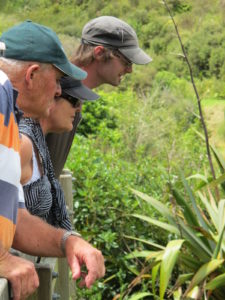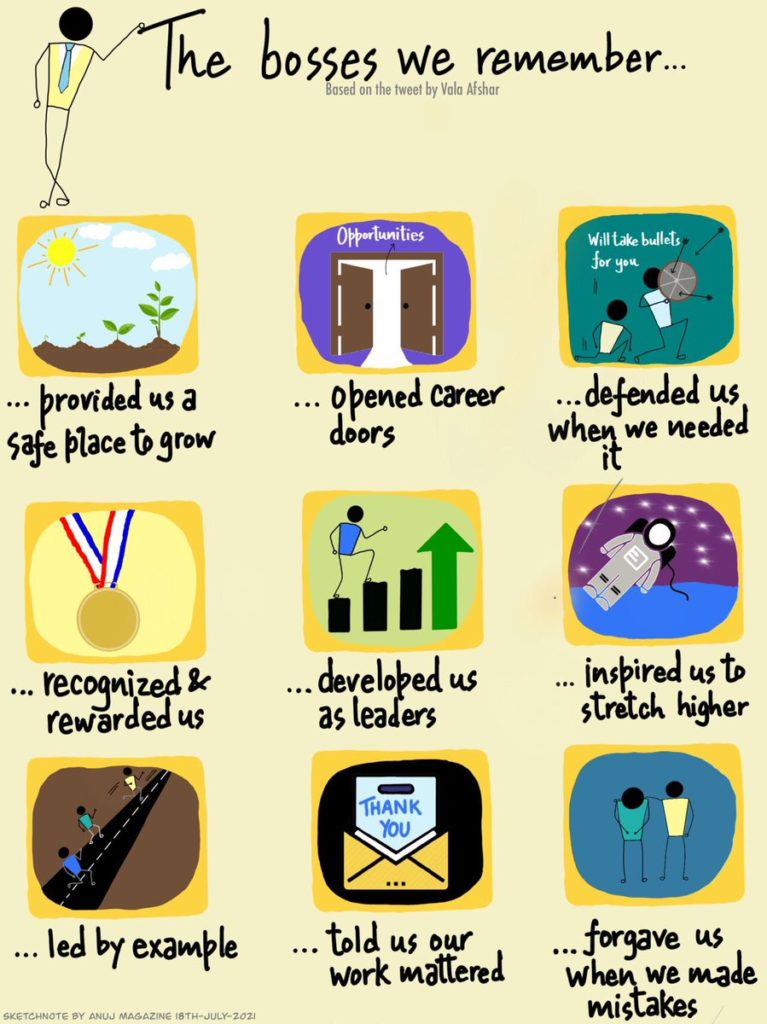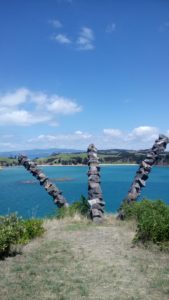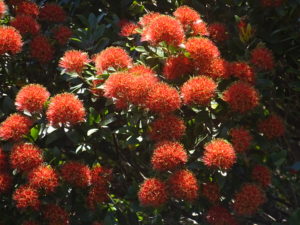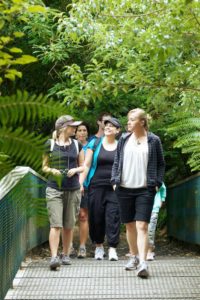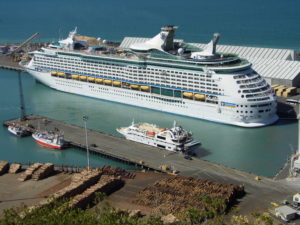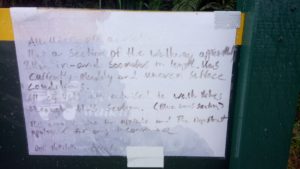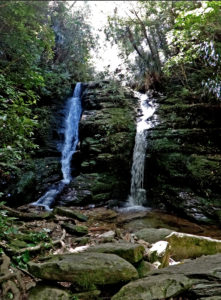Naumai
It is always a privilege to “share” Aotearoa / New Zealand. It matters little if the audience is domestic or international , hitting the road to explore our place in the world is one of life’s pleasures.
This summer was however different. Tasked with sharing the southern part of the South Island with a group of international visitors (including over the Chinese New Year period) I reflected on what one might find.
Reading and listening to media headlines I was expecting a constant stream of polluting freedom campers, over priced food and lodging, little space, tired operators, and people literally everywhere – even in my normally quiet haunts and secluded places!
The trip took in every destination and more, between Christchurch and Bluff via the Catlins, Manapouri, Te Anau Queenstown and Wanaka.
So summing up the trip was a great success, we achieved most things we promised our visitors and more. We saw rare and endangered wildlife, meet some fantastic locals, enjoyed great food and wine and the whole gambit of southern landscapes.
That of course is the official version.
My overwhelming impression after ten days on the road in the southern South Island, is of too many people in too many locations. I mean literally no one used to go to Slope Point (the most southern point of mainland NZ) , a full car park at Bluff mid afternoon (great views) and absolutely no where to turn in Wanaka around 4pm.
I am apprehensive when I hear local operators saying that bookings for next year re even higher than this summer, in one case up to a third. What does that mean for tourism’s social license to operate?
Here are some facts:
The number of international visitors coming into NZ averages over 320,000 a month
This is an average yearly growth of over 5.65 for the last ten years
More than one in ten jobs is indirectly generated by tourism
International visitors contribute $ 40 million per day to the economy
nine out of ten international visitors are highly satisfied with their NZx
94% of their expectations are met or exceeded by their NZx
98% believe natural landscapes and scenery are the top motivators to visit
And New Zealander’s (2017) views on tourism
96% of us agree tourism is good for NZ 35% think tourism puts too much pressure on NZ 21% think there are too many visitors
Challenges for NZ’s around international visitors include: road congestion, litter and a high risk of motor accidents
In earlier blogs we have discussed the opportunities and challenges for tourism in maintaining and enhancing a social license to operate. Some initiatives such as Tourism Aotearoa’s sustainable tourism are small step in the right direction. But if this years southern experience on the road is next years reality, then we have a serious problem – with no coordinated response in sight.
Ka kite ano
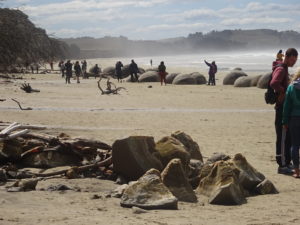
Visitors on the beach – Moeraki Boulders
